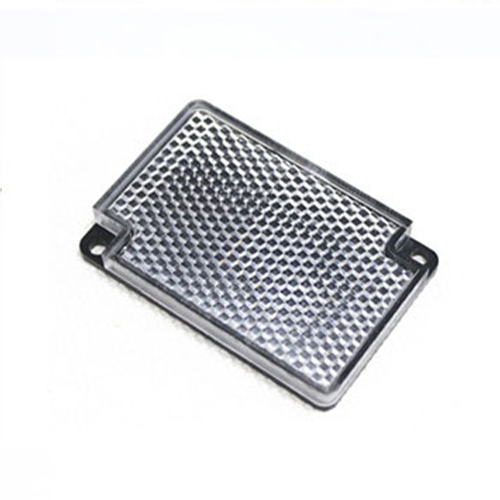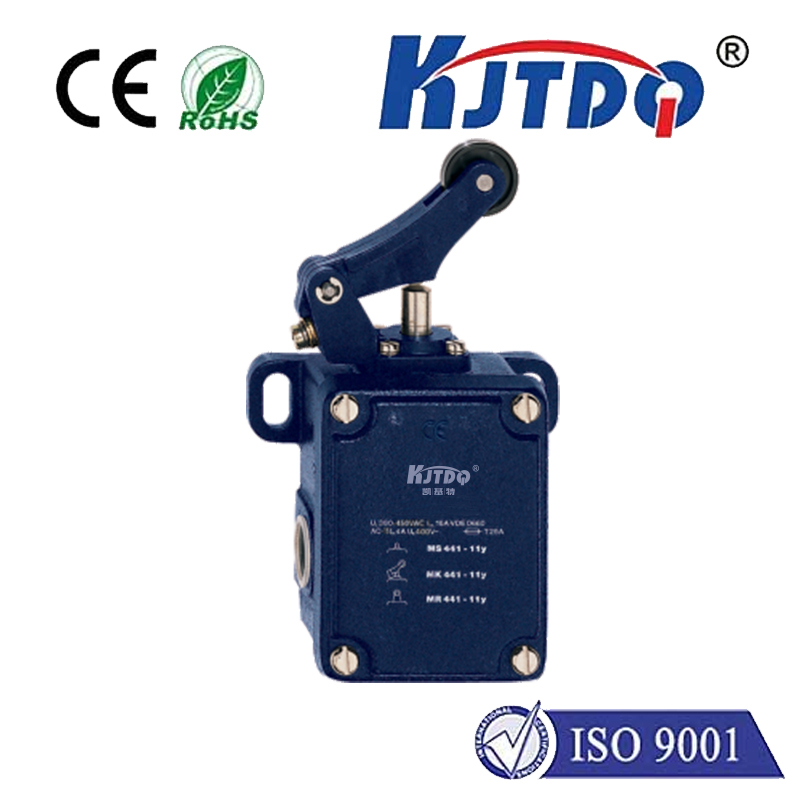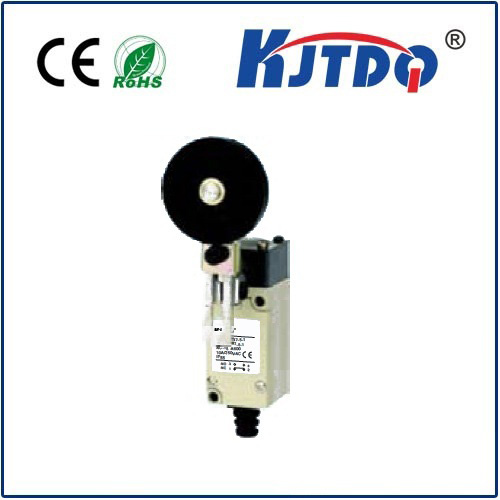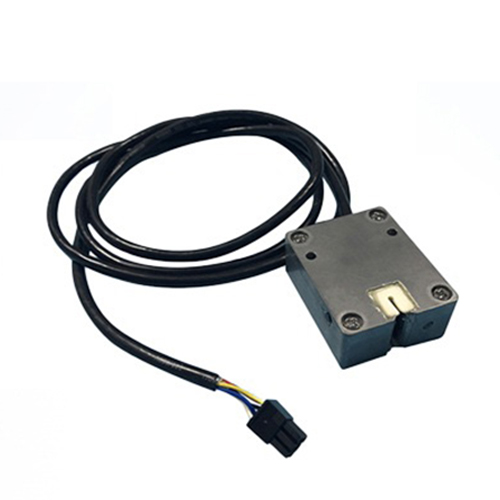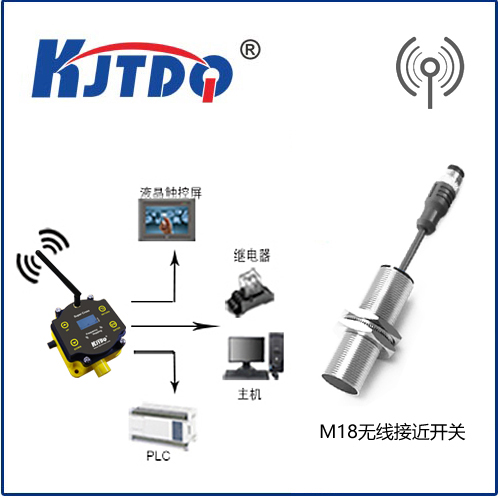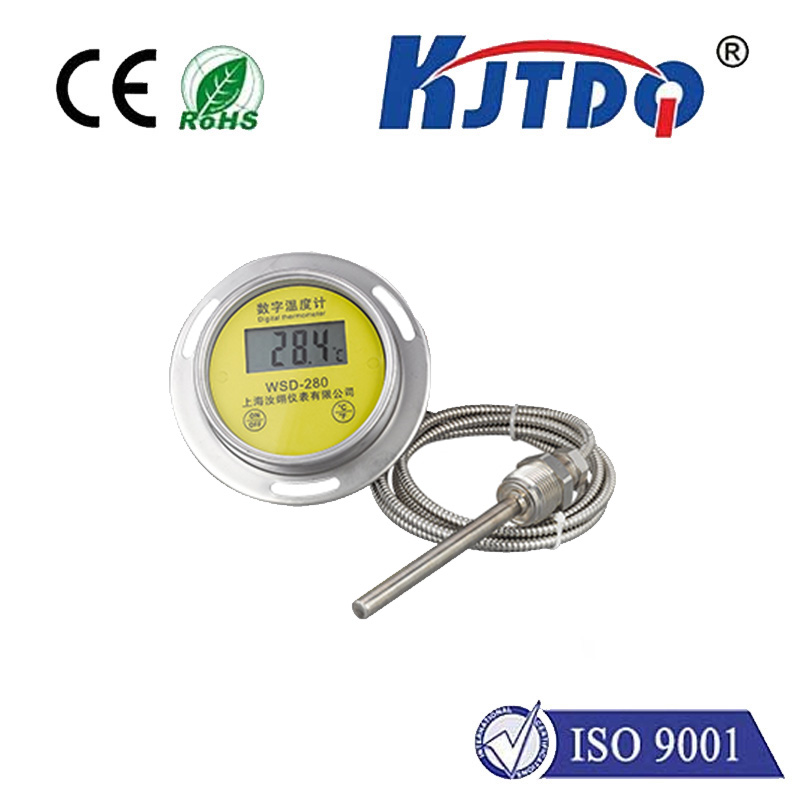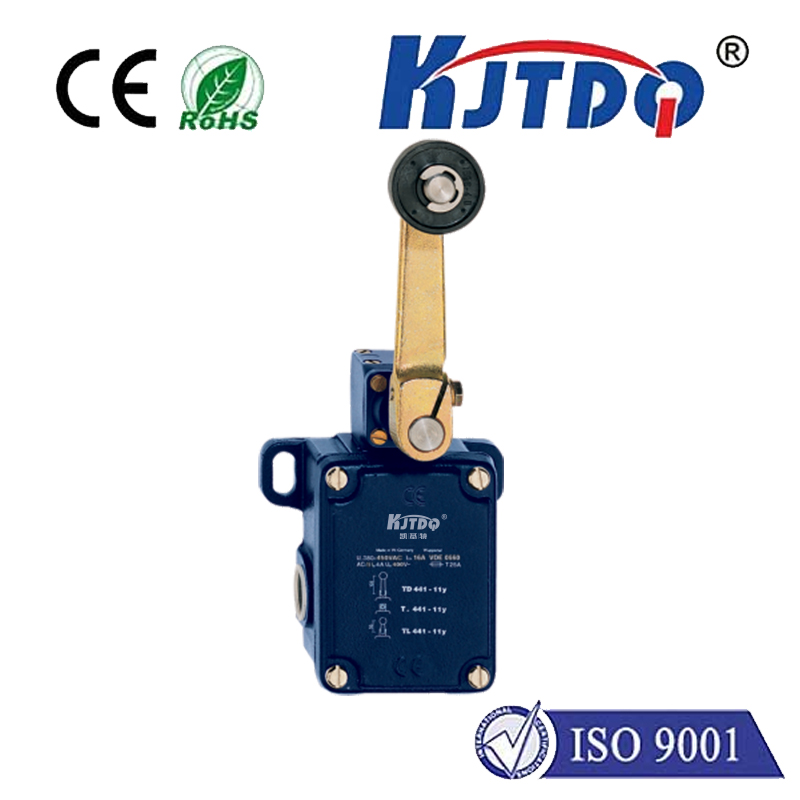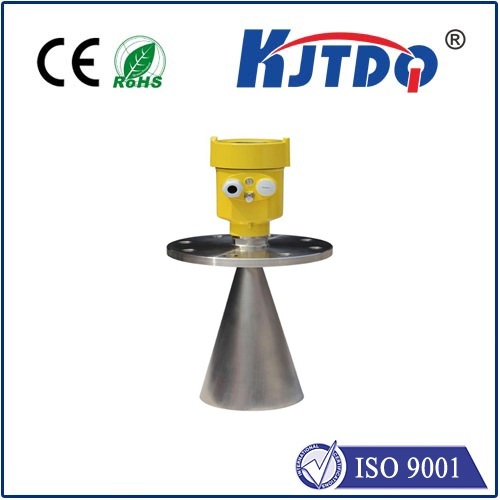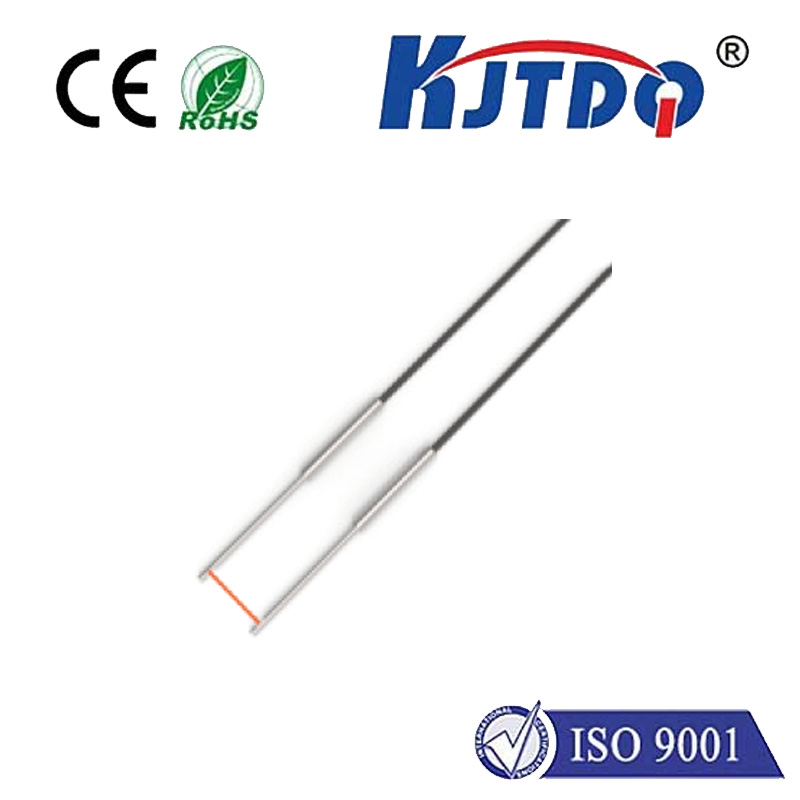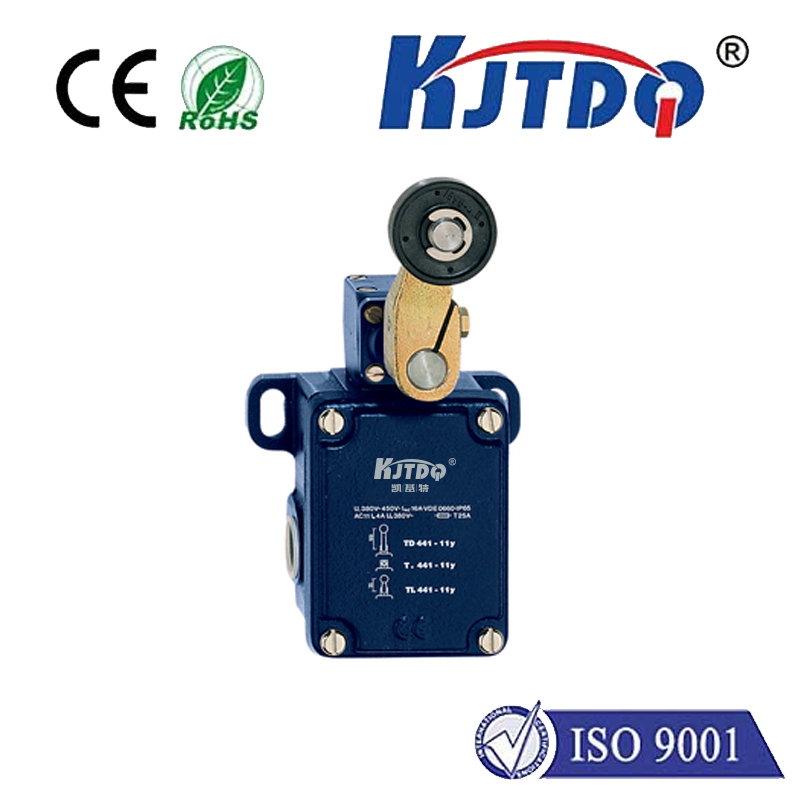adjustable temperature limit switch
- time:2025-07-30 13:46:11
- Click:0
The Adjustable Temperature Limit Switch: Precision Control for Critical Thermal Protection
Imagine your industrial oven heating beyond safe limits, potentially damaging expensive products or even creating a fire hazard. Or picture vital medical equipment overheating, putting sensitive diagnostics at risk. Preventing such costly and dangerous scenarios is the critical mission of a seemingly simple device: the adjustable temperature limit switch. This unassuming component acts as a vigilant guardian, constantly monitoring thermal conditions and acting decisively to disconnect power when a predefined critical temperature is reached. Unlike fixed models, its defining power lies in its configurability – the ability to dial in the exact temperature threshold needed for precise protection across countless applications. Understanding its function, advantages, and uses is essential for optimizing safety and performance in environments where thermal stability is non-negotiable.
The Core Function: Sensing and Safeguarding
At its heart, an adjustable temperature limit switch is a safety device designed as the ultimate failsafe. Its primary role isn’t daily control but critical thermal protection. It operates on a straightforward principle:
- Sensing: An integrated temperature sensor, often a bimetallic strip, thermistor, or RTD (Resistance Temperature Detector), continuously monitors the ambient or surface temperature where the switch is installed.
- Comparison: This measured temperature is constantly compared against the user-defined threshold set on the switch.
- Action: When the sensed temperature exceeds this preset adjustable limit, the switch mechanism instantly and automatically opens (breaks) its electrical contacts. This crucial action interrupts power to the connected heater, motor, compressor, or other device, forcing it to shut down.
- Reset: Once the temperature cools safely below the threshold, the switch typically needs to be manually reset (or sometimes automatically resets, depending on design) to restore power. This prevents automatic cycling and requires acknowledging the fault.
The Unmatched Advantage: Adjustability

The defining characteristic – adjustability – elevates this component far beyond fixed limit switches. This configurability delivers transformative benefits:
- Application Versatility: A single switch model can be deployed in vastly different scenarios, from protecting delicate electronics operating near room temperature to safeguarding industrial furnaces reaching hundreds of degrees. Simply adjust the temperature limit to match the specific requirement.
- Process Optimization & Safety: It allows engineers to set the precise point where shutdown becomes imperative for safety and process integrity. This avoids unnecessary trips set too conservatively or dangerous overshoots caused by limits set too high. Fine-tuning is key to operational efficiency.
- Future-proofing: If process parameters change or equipment is repurposed, the switch can be easily recalibrated to the new thermal limit, eliminating the need for costly replacement.
- Compensation & Calibration: Provides the ability to compensate for minor component drift or variations in installation location over time. This maintains protection accuracy throughout the device’s lifespan.
Where Precision Thermal Protection is Paramount
The adjustable temperature limit switch finds critical roles wherever controlled heat or potential overheating is a factor:
- HVAC Systems: Protecting compressors from dangerous overheating due to low refrigerant, blocked airflow, or electrical faults. Preventing overheating in furnaces and boilers.
- Industrial Machinery & Ovens: Safeguarding motors, bearings, gearboxes, and heating elements in packaging machines, extruders, plastic molding equipment, and industrial drying or curing ovens. Preventing catastrophic failure and fire risk.
- Commercial Kitchen Equipment: Essential protection for griddles, fryers, ovens, coffee makers, and dishwashers against overheating, ensuring fire prevention in demanding environments.
- Consumer Appliances: Found in dryers, water heaters, ranges, and space heaters to prevent dangerous thermal runaway. Provides critical user safety.
- Electrical Enclosures & Control Panels: Preventing overheating inside cabinets due to high component density or inadequate ventilation, thereby protecting sensitive electronics and wiring.
- Medical Equipment: Ensuring sensors, analytical instruments, sterilization devices, and therapeutic equipment operate within strict, non-negotiable thermal boundaries for patient safety and result accuracy.
- Renewable Energy Systems: Protecting inverters, battery management systems (BMS), and other power electronics from thermal overloads.
Selecting the Right Guardian: Key Considerations
Choosing the most effective adjustable temperature limit switch requires careful evaluation:
- Temperature Range: Does the switch cover the minimum and maximum temperatures required by your application? Ensure sufficient headroom above the intended setpoint.
- Accuracy & Repeatability: How precisely can the limit be set, and how consistently will the switch trip at that exact point? Look for switches meeting your critical tolerance needs.
- Sensor Type & Response Time: Consider the thermal environment (air, surface immersion?) and how quickly the switch needs to react. Bimetallic offers robustness and simplicity, electronic sensors (thermistor/RTD) typically provide faster response and higher accuracy. Probe style is crucial.
- Electrical Rating: The switch’s contacts must reliably handle the voltage and current (amperage) of the circuit it is protecting. Never underspecify.
- Reset Mechanism: Manual reset (requiring physical intervention for safety) or automatic reset? Manual is preferred for critical safety equipment to prevent unattended restarting after a fault.
- Environmental Factors: Will the switch be exposed to moisture, dust, chemicals, or vibration? Select an enclosure material (stainless steel, plastic) and IP rating suitable for its operating environment. Ruggedness matters.
- Mounting & Probe Configuration: Ensure the mounting style and sensor probe design allow for optimal contact with the medium being monitored (air stream, equipment surface, liquid bath).
Implementing for Maximum Reliability
Proper installation and calibration are non-negotiable for effective protection:
- Install the sensor probe in the location most accurately reflecting the critical temperature to be monitored (e.g., directly on a motor winding, immersed in a fluid bath, in the air exhaust stream).
- Avoid locations with significant temperature gradients, drafts, or direct heat/cold sources that don’t represent the true condition.
- Set the adjustable limit carefully using an accurate reference thermometer. Follow manufacturer instructions precisely.
- Periodically test the switch’s functionality (using a safe heat source if possible) and verify its calibration as part of routine maintenance schedules. Proactive checks prevent failures.
The Essential Line of Defense
More than just a sensor or a switch, the adjustable temperature limit switch is a fundamental safeguard. Its power lies in the perfect blend of simple, reliable action and intelligent adaptability. By providing a precisely configurable trip point, it delivers tailored thermal protection that fixed devices simply cannot match. From preventing minor component failures to averting catastrophic fires and ensuring critical process integrity across industries like HVAC, manufacturing, food service, and healthcare, this indispensable device stands as a silent, vigilant guardian against thermal danger.












